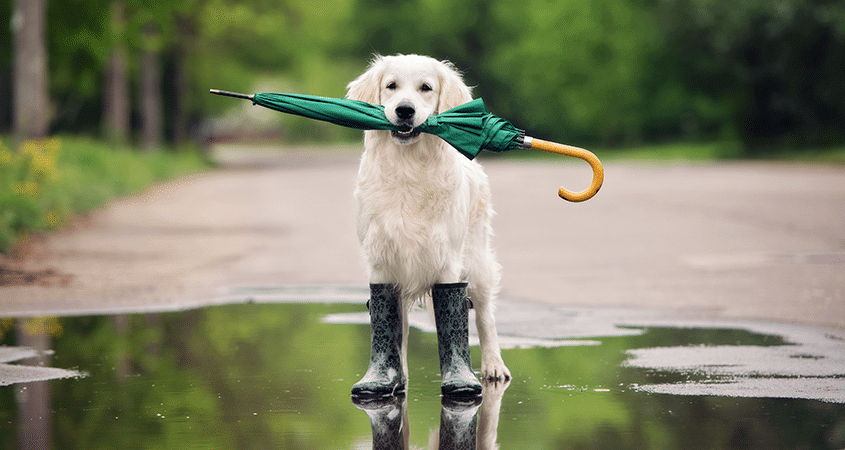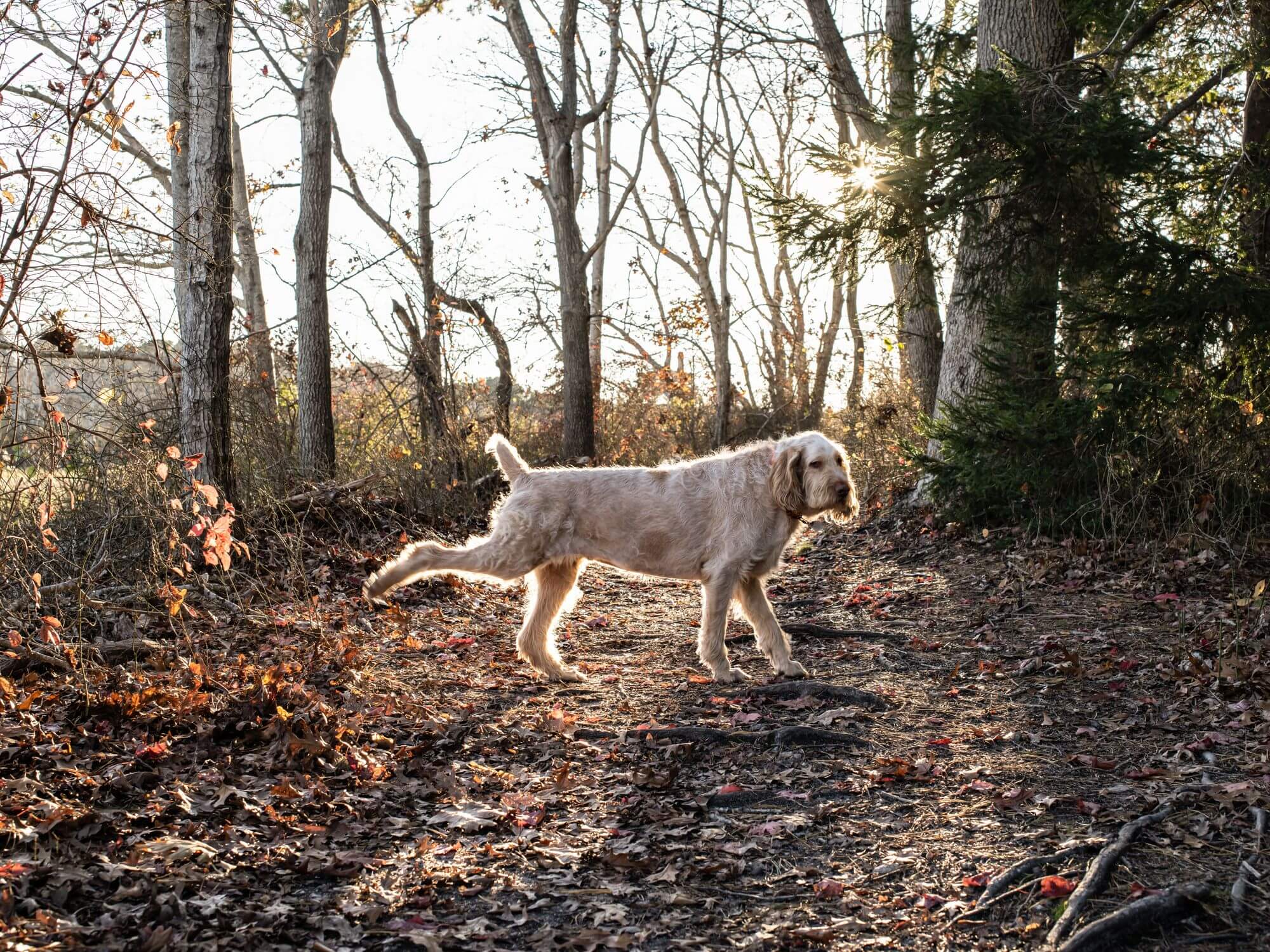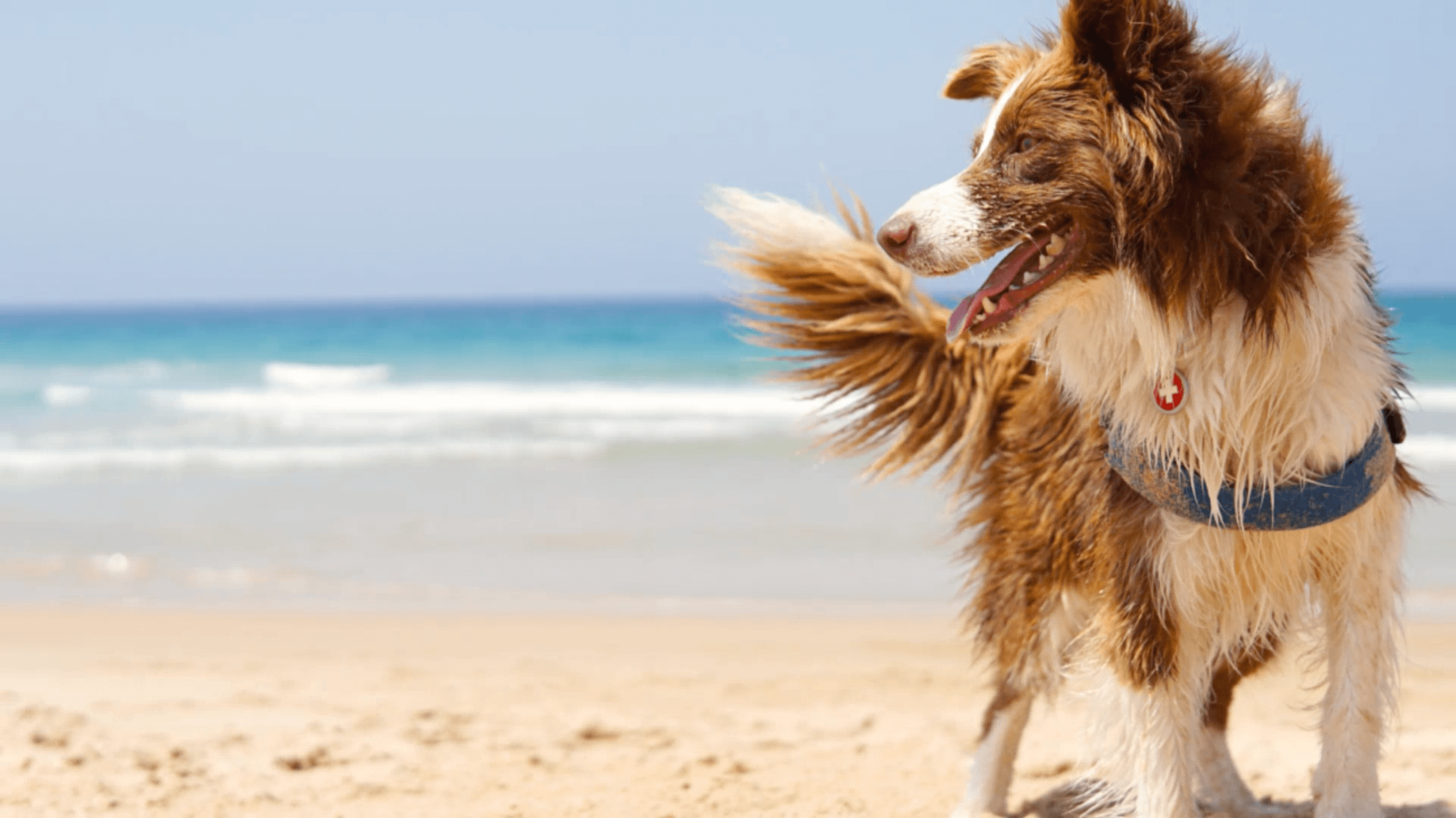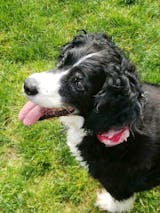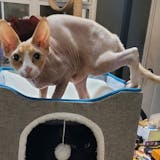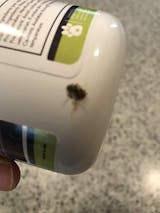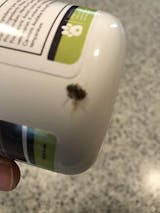A dog that suffers from Generalized Anxiety Disorder (GAD) is never truly relaxed and calm. They don’t only show anxiety symptoms when triggered by a specific factor such as thunderstorms, fireworks or due to separation from their owner. Dogs with GAD display anxiety behaviors constantly.
But what are their symptoms? How do I know if my dog has Generalized Anxiety Disorder? What are the treatment options for GAD in dogs? Let’s get into it.
What does Generalized Anxiety Disorder in dogs look like?
The main trait shown by dogs with GAD is constant anxiety, you’ll almost never see them relaxed regardless of the situation. You’ll most certainly notice if this is the case because it tends to impair their quality of life and daily activities.
Although a pup with GAD can seem relaxed in totally predictable and safe environments such as their house and with the people they live with, a dog who doesn’t suffer from this condition will feel like this most of the time, not just at home.
Another key indicator of Generalized Anxiety Disorder in dogs is that there isn’t only a few stimulus that trigger your dog, such as fireworks or thunderstorms. A dog with GAD can feel anxious during those situations, but they shouldn’t feel like this only with specific triggers. The focus of the triggers must be general.
One more behavior shown by dogs who feel anxious almost all the time is that they are constantly scanning their environment for potential threats or dangers. A dog that does this doesn’t feel fully relaxed, they feel like they need to be in a constant state of alert to protect themselves from possible hazards.
What is more, dogs with GAD tend to be reactive even before any trigger sets them off.
Symptoms of Generalized Anxiety Disorder in Dogs
GAD in dogs can develop into both social and physical symptoms.
Physical
- Destructive behavior
- Constantly panting even when it’s not hot
- Frequent vomiting or diarrhea
- Whining
- Increased respiratory rate
- Trembling
- Urinating and defecating
- Changes in gastrointestinal activity
- Pacing
- Salivating
- Increased heart rate
- Persistently holding ears back
- Grinning
Social
- Increased vigilance and scanning that happens without a provocative stimulus and interferes with social interaction
- General reactivity to unfamiliar individuals either humans or animals
- Avoiding eye contact
- Hiding

Diagnosis of Generalized Anxiety in Dogs
Although this list of symptoms will help you identify if your pooch suffers from this condition, it’s best to take your dog to the vet for a proper diagnosis. So if you start to notice any of these signs, be sure to book a veterinary appointment.
Nevertheless, there are two things you should keep in mind.
- Make sure your dog is not suffering from any other medical concern, since many of the symptoms presented by GAD in dogs can also be the sign of another health issue.
- Make sure your dog hasn’t been misdiagnosed. If your dog with GAD is presenting the symptom of frequent vomiting or having diarrhea, a vet might diagnose them with Irritable Bowel Syndrome, when there’s actually an anxiety related issue lying within.
Treatment of Generalized Anxiety in Dogs
- Calming supplements: calming treats for dogs can be used on a daily basis to help your pup feel more relaxed and calm. If your dog gets extremely anxious due to specific triggers such as car rides, fireworks or guests in the house, you can also give them Mokai’s calming treats an hour before those events take place.
- Encouraging calm situations: calm and relaxed behaviors should be encouraged so your pup understands that what they are doing is right and better for them. If you notice that your dog is experiencing a calm moment, make sure to let them know that what they are doing is great. You can gently pet them or give them one of their favorite treats.
- Exercise: exercising is one of the most common anxiety reliefs both for doggos and humans. You can try taking your pup to the park on a moment of the day you know there won’t be many dogs present so you don’t over-stimulate yours. There, you can play fetch, make them run with you or just chill there so they can be stimulated by a different environment. Another great idea is to go on walks with your dog. Again, in a time when the streets are not filled with cars and people, and with a long leash.
- Routine: maintaining a predictable routine can be quite helpful for dogs who suffer from GAD. Consistency on schedule helps your pup to know what to expect and when to do it. This doesn’t mean that you need to have an extremely strict routine, just keeping some steadiness on your pet’s walks, eating and sleeping times can really help them.
- Don’t stress out: we know how stressful it can be to see that your pup is unwell, to see them anxious and uncomfortable. But if you start to get angry at them every time they display this behavior, this will only do them harm. Try to stay patient. It can take months before positive results of GAD treatment are noticeable.
- Make your dog happy: every dog has their favorite moments and activities. It could be playing fetch with their pet parents, eating treats, going for a walk or being petted. Whichever it is, it should be repeated often. This will simply make your pup happy and make them enjoy themselves much more.
- Environmental enrichment: this is a key factor in every dogs’ life, not only for the ones that have Generalized Anxiety Disorder. It is extremely beneficial for their health and is a great anxiety relief. You don’t have to spend a lot of money to get the fanciest environmental enrichment toys for dogs, there are many effective great DIY ideas.



